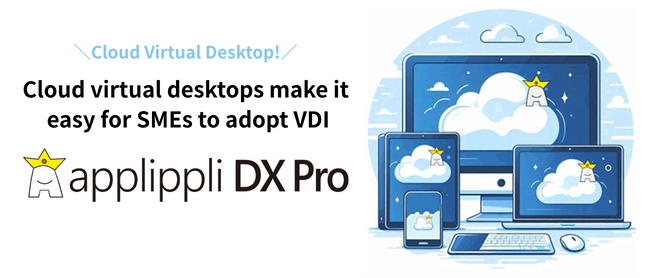Introducing the reasons why ERP system implementations end in failure and how to solve them!

Did you know that while some companies have been able to improve their business efficiency through the effectiveness of ERP systems, there are also companies that have failed to implement ERP and have ended up seeing a decline in business efficiency?
In fact, there is something in common among companies whose ERP implementations have ended in failure.
ERP (Enterprise Resource Planning) stands for enterprise resource planning, and is an approach that aims to manage a company’s management resources, such as people, things, money, and information, as well as sales information and accounting information, in a single system.
This type of ERP, BRP, which reviews existing organizations and processes and redesigns business flows, became a trend, and this triggered an acceleration in the adoption of ERP worldwide.
In recent years, the number of domestically produced ERP systems has increased, and many Japanese companies have begun to adopt them.
Another recent trend is that companies have begun to fully adopt digital transformation and AI, which has made centralized data management important, leading to the introduction of ERP systems.
However, there are some major problems with implementing this ERP system.
This is because it requires all of the core systems and business processes that have been used up until now to be revamped and switched to the ERP system.
If core systems or business processes change, it will affect many departments, which could actually result in a decrease in business efficiency.
For this reason, when introducing an ERP system, it is best to make thorough preparations beforehand, such as sharing information with each department in advance and educating them on how to use the ERP system after implementation.
Also, if you cannot change your existing core system, we recommend using a service that migrates your core system to the cloud (DaaS).
For example, there is “applippli Dx Pro.”
This is a cloud virtual desktop (DaaS) service that allows you to migrate all of your currently used on-premises core systems to the cloud at once.
Since you can migrate to the cloud without making any changes to your current core systems, you can migrate to the cloud without negatively impacting your business process.
Although it is different from ERP, you can manage data centrally in a cloud virtual desktop environment, so you can manage it like ERP without changing the core system currently being used.
If you don’t want to have a negative impact on the field or business flow, we recommend applippli Cloud Desktop, which allows you to migrate to the cloud without changing the core system currently being used.

